Sep
3
2010
or Insanity and Spiritual Songs
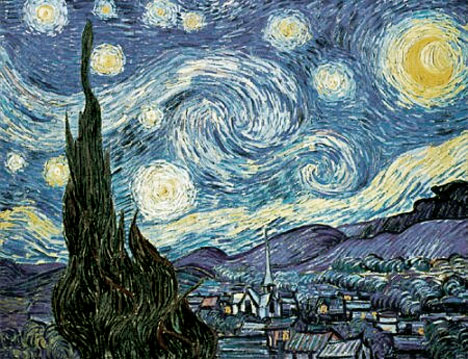
Van Gogh’s work has been regarded by some as “hallucinatory,” however his letters show that few artists were as intelligent and rational. His work was not the product of his dark times but of his struggle against them.
“I am feeling well just now… I am not strictly speaking mad, for my mind is absolutely normal in the intervals, and even more so than before. But during the attacks it is terrible—and then I lose consciousness of everything. But that spurs me on to work and to seriousness, as a miner who is always in danger and makes haste in what he does.” [1]
Continue reading
Comments Off | tags: Covenant Theology, Evolution, Hebrews, Jeremiah, John Piper, Martyrdom, Mission, Noah, Paul, Persecution, Poetry, Psalms, Ray Sutton, Van Gogh, Vindication | posted in Bible Matrix, Biblical Theology, Christian Life, Creation, Quotes
Mar
29
2010
or The Self-Maledictory Oath
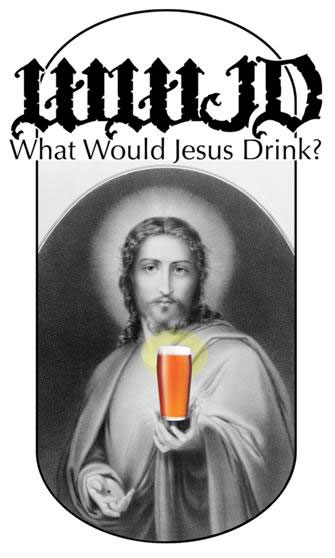
For thus says the LORD God of Israel to me: “Take this wine cup of fury from My hand, and cause all the nations, to whom I send you, to drink it. “And they will drink and stagger and go mad because of the sword that I will send among them.” Then I took the cup from the LORD’s hand, and made all the nations drink, to whom the LORD had sent me…” (Jeremiah 25:15-17)
The content of this post has been revised and included in Bible Matrix II: The Covenant Key.
__________________________________________________________
[1] See Sacramental Doses of Death.
[2] This is the execution of a Covenant curse, so those who fought against Jerusalem were people under the Covenant.
[3]Contrary to popular opinion, I believe that the divided animals substitute for the Canaanites rather than for Abraham, but the birds do substitute for Abraham. The birds are the head of the Covenant, and He is never crushed. Only the serpent’s head is crushed. This also relates to the linen left in Christ’s tomb. The Jew-Gentile body was divided in Abraham and reunited in Christ. See Pass-over and Pass-Through.
[4] See Three Babylons.
[5] This also relates to the disappearance of the pure Covenant-head, the Ark of the Covenant. See The Lost Ark.
Comments Off | tags: Abraham, Ark of the Covenant, Babylon, Covenant Theology, Ezekiel's Temple, Gethsemane, Jeremiah, Numbers 5 | posted in Biblical Theology, The Restoration Era
Feb
10
2010
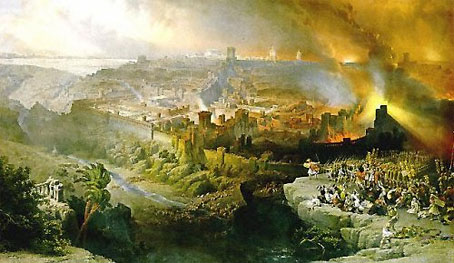
Here’s the last installment of my answers to Brian Simmon’s 50 objections to a first century “coming in judgment” of Christ. You can find a link under Featured Articles that will list them all for you.
46. Abraham still hasn’t inherited the land God promised him (Gen. 13: 15; Acts 7: 5).
Joshua 21:43 “So the LORD gave to Israel all the land of which He had sworn to give to their fathers, and they took possession of it and dwelt in it.”
I don’t see the relevance of Acts 7:5. The Land was promised to his descendants.
Continue reading
1 comment | tags: Dominion, Ezekiel's Temple, Herod, Isaiah, Jeremiah, Matthew, Restoration | posted in Biblical Theology, The Last Days, The Restoration Era
Jan
28
2010

36. Acording to Preterists, all those left in Jerusalem were reckoned unholy. But see Isaiah 4:3-4.
Simple answer: Isaiah 4 refers to the “new Jerusalem” of Ezra and Nehemiah. But I’m going to use this as an opportunity to analyse Isaiah 4 and its context. This stuff blows me away.
Continue reading
Comments Off | tags: Bible Matrix, Ezra, Feasts, Isaiah, Jeremiah, Literary Structure, Nehemiah | posted in Against Hyperpreterism, Biblical Theology, The Last Days, The Restoration Era
Jan
6
2010
or Zedekiah and the Dragon
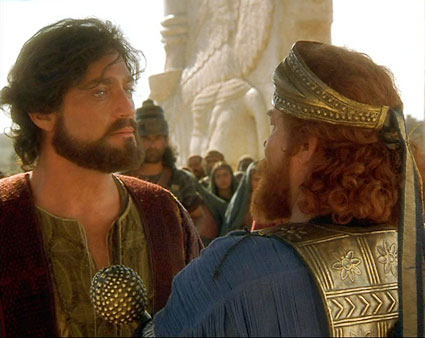
“…if the Lord creates something new, and the ground opens its mouth and swallows them up with all that belongs to them, and they go down alive into Sheol, then you shall know that these men have despised the Lord.” (Numbers 16:29-30)
Daughter Jerusalem kept up an outward show of respectability, but under her Temple veils and military skirts her legs were open for anyone. [1] In a vision, Ezekiel dug a hole through this wall of “whitewash” as a legal witness to her crimes against the Covenant.
Continue reading
Comments Off | tags: Compromise, Covenant curse, Ezekiel, Flood, Haman, Herod, Jeremiah, Revelation, Zedekiah | posted in Biblical Theology, The Last Days
Oct
1
2009
More Thoughts on Prophetic Cauldrons
“Double, double toil and trouble
Fire burn, and cauldron bubble.”
Macbeth, Act 4, Scene 1
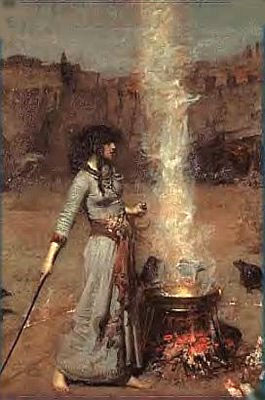
.
Two days ago, we saw the Lord take Jeremiah through the Creation/Tabernacle pattern as He anointed him. Here’s some more thoughts on the Babylonian “seething pot” using the Tabernacle pattern as a guide.
Usually, the Lampstand is at the centre of the passage (Pentecost). But the almond tree/Lampstand here is at Firstfruits. The Land of Day 3 is the Bronze Altar, but the grain and fruit (the Table) is replaced here by the almond).
Jeremiah, as a sign to Israel, is made the incarnation of Yahweh. The seven-eyed “watching tree” is actually Jeremiah, and the Lord continually asks him to “see.” As the prophetic Lampstand watched over Israel (the Table), so Jeremiah would watch over her destruction.[1] The Table seems to be covered by Nebuchadnezzar!
Continue reading
Comments Off | tags: Altar, Feasts, Jeremiah, Lampstand, Revelation, Tabernacle | posted in Biblical Theology, The Restoration Era
Sep
29
2009
or Jeremiah’s Seven Thunders
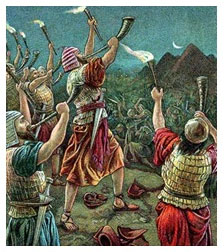 This feasts pattern covers Jeremiah 1:4 – 2:1 so the chapter division is a bit off. After the introduction (vv. 1-3), the Lord speaks. Jeremiah then speaks as Yahweh’s representative from 2:2. He is a Trumpets warning before Nebuchadnezzar’s “Day of Atonement” and the enforced sabbath of the Land.
This feasts pattern covers Jeremiah 1:4 – 2:1 so the chapter division is a bit off. After the introduction (vv. 1-3), the Lord speaks. Jeremiah then speaks as Yahweh’s representative from 2:2. He is a Trumpets warning before Nebuchadnezzar’s “Day of Atonement” and the enforced sabbath of the Land.
You must be logged in to see the rest of this post.
Join now for a year for $15!
Sabbath (Genesis – Creation)
[Word from the Ark]
Then the word of the LORD came to me, saying: ”Before I formed you in the womb I knew you; Before you were born I sanctified you; I ordained you a prophet to the nations.”
Continue reading
Comments Off | tags: Feasts, Jeremiah, Revelation | posted in Biblical Theology, The Restoration Era
Sep
26
2009
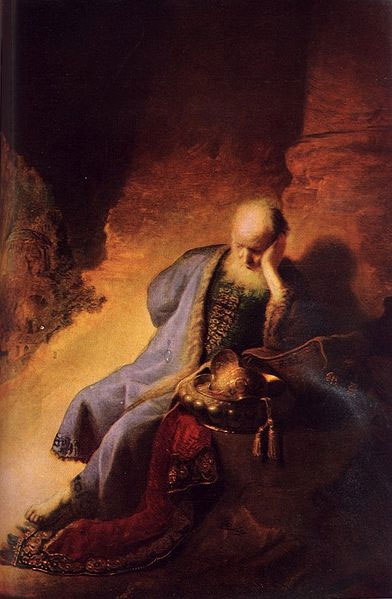
Sabbath (creation – Genesis 1:1′s “in the beginning” is literally “at the head”)
Oh that my head were waters,
and my eyes a fountain of tears,
Continue reading
Comments Off | tags: Bible Matrix, Compromise, Feasts, Jeremiah, Literary Structure | posted in Biblical Theology, The Restoration Era
Jul
2
2009
or Suffering as the Most Holy Place

I remember an atheist quoting one of David’s Psalms to prove that God doesn’t answer prayer. It was a song of despair. Despite such selective quoting, how do we deal with Bible passages that end without hope?
Continue reading
1 comment | tags: David, Despair, Jeremiah, Jonah, Lamentations, Michael O'Brien, Psalms | posted in Biblical Theology, The Restoration Era
Jun
27
2009
or Silencing the Higher Critics

Yet more on literary analysis of the Bible as a ‘terrible marvel‘; a review of two books. As Warren Gage has commented, we are on the verge of a tremendously creative time in Biblical theology. But this to me seems also to be an element of scholarship returning home, older and wiser, from a wilderness of unbelief.
Genesis: The Story We Haven’t Heard
by Paul Borgman. Downers Grove, IL: Intervarsity Press, 2001. 252 pages.
The Literary Structure of the Old Testament: A Commentary on Genesis-Malachi
by David A. Dorsey. Grand Rapids, MI: Baker Books, 1999. 330 pages.
Reviewed by Timothy Paul Erdel, Ph.D., Archivist and Assistant Professor of Religion and Philosophy, Bethel College, Mishawaka, IN.
“I have been fascinated by the primal power of Old Testament stories for as long as I can remember. From my perspective, there is no clearer window on human character, no greater storehouse of hard and holy truths. Yet some tales are deeply disturbing. Phyllis Trible calls them ‘texts of terror.’ Even the most familiar passages may seem strangely distant. So I relish each time a preacher or teacher sheds new light on these ancient Hebrew narratives.
Continue reading
Comments Off | tags: Abraham, Babel, C. S. Lewis, Chiasm, Compromise, David A. Dorsey, Higher Criticism, Isaiah, Jeremiah, Literary Structure, Warren Gage | posted in Biblical Theology, Quotes



































